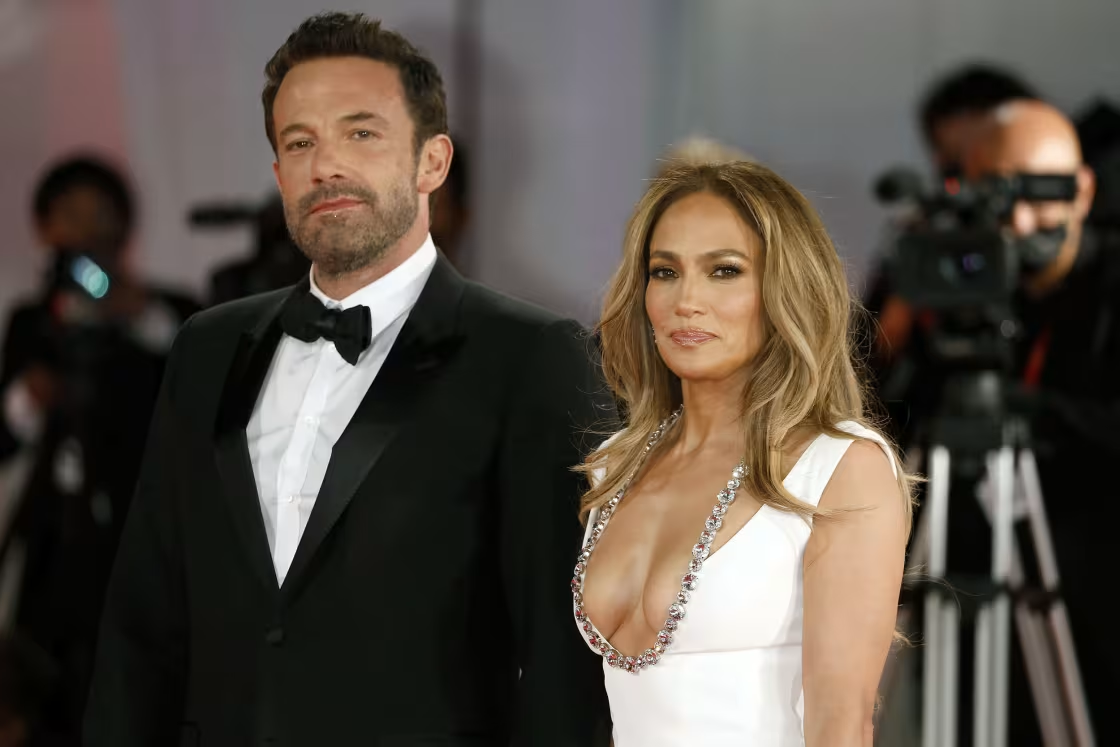Jennifer Lopez and Ben Affleck have decided to part ways once again, more than two years after their highly anticipated wedding. Lopez officially filed for divorce on Tuesday in Los Angeles County Superior Court, according to court documents. The couple did not have a prenuptial agreement, a source close to Lopez confirmed. TMZ was the first to report the filing.
Lopez and Affleck’s relationship has been a rollercoaster over the years. They initially got engaged in the early 2000s but called off the wedding before parting ways for 17 years. They rekindled their romance in 2021 and tied the knot in July 2022, finally realizing their long-awaited union.
Their love story has seen many ups and downs. Lopez was previously married to singer Marc Anthony, with whom she shares two children, from 2004 to 2014. She was also engaged to New York Yankees star Alex Rodriguez in 2019, but they broke up in 2021. In total, Lopez has been married four times.
Affleck, during the same period, was married to actor Jennifer Garner from 2005 to 2018, and they have three children together.
The couple first met on the set of “Gigli” in 2002 and got engaged later that year, only to break up in 2004. After Lopez and Rodriguez split in 2021, she was frequently seen with Affleck, leading to speculation that they had rekindled their relationship. In April 2022, Lopez announced that they were engaged again, 20 years after their first proposal. They married in a low-key Las Vegas ceremony on July 16, 2022.
Rumors of their separation began circulating in May 2024, as they were not seen together for weeks, and reports indicated that Affleck had moved out of their shared home. The official separation date listed in the divorce documents is April 26, 2024.
On the day of their separation, Lopez was spotted in New York City wearing baggy jeans, sunglasses, and an oversized sweater, looking somber as she swiftly made her way to her car. Meanwhile, Affleck was photographed heading to a late-night session at his Beverly Hills office, appearing deep in thought. Days later, he was seen eating fast food in his car, seemingly finding comfort during this challenging time.
The end of their marriage marks the conclusion of yet another chapter in the long and complicated relationship between Lopez and Affleck.
